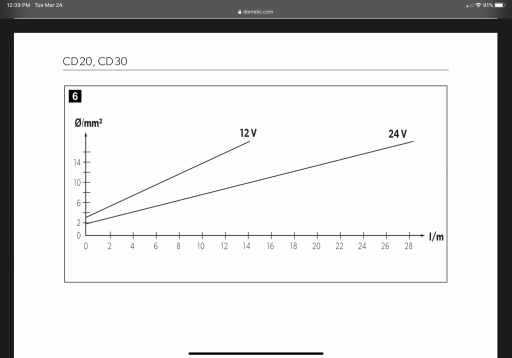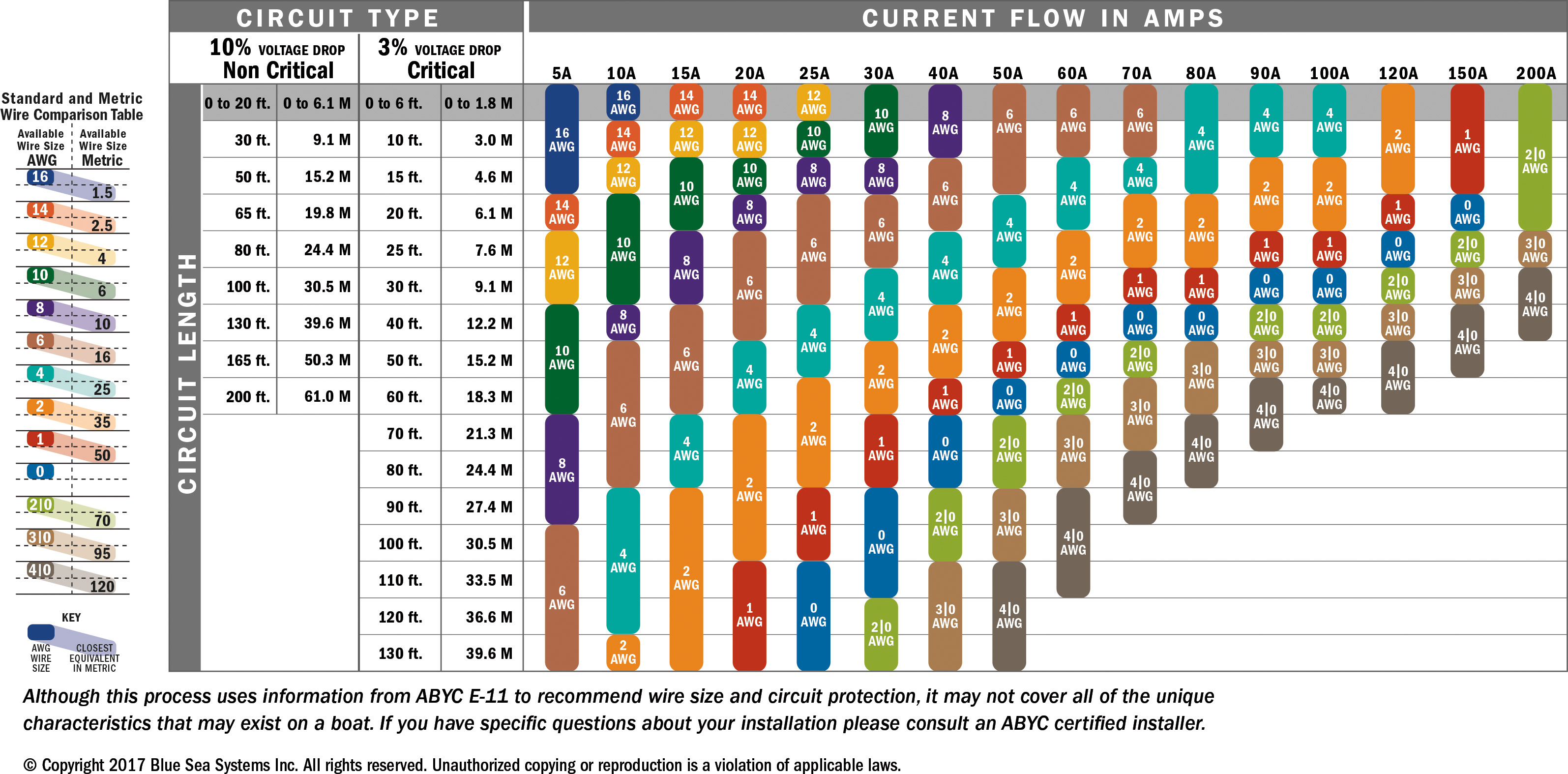
Enthusiast III
I hope this should go here. If not can the mods please move. I pulled the trigger and purchased the Dometic Drawer fridge (like the one @Michael bought) . I have tried to figure out the graph in the manual to wire it up, but I can’t for the life of me understand what gauge wire I should us since it will be in the back of my 4 door Wrangler (JKU). I have contacted Dometic and they have only told me to look at the graph in the manual (screenshot below). I figure with how I’m going to run the wire, maybe 10 to 12 feet of power wire (going to run ground to frame), so what gauge wire should I use?









